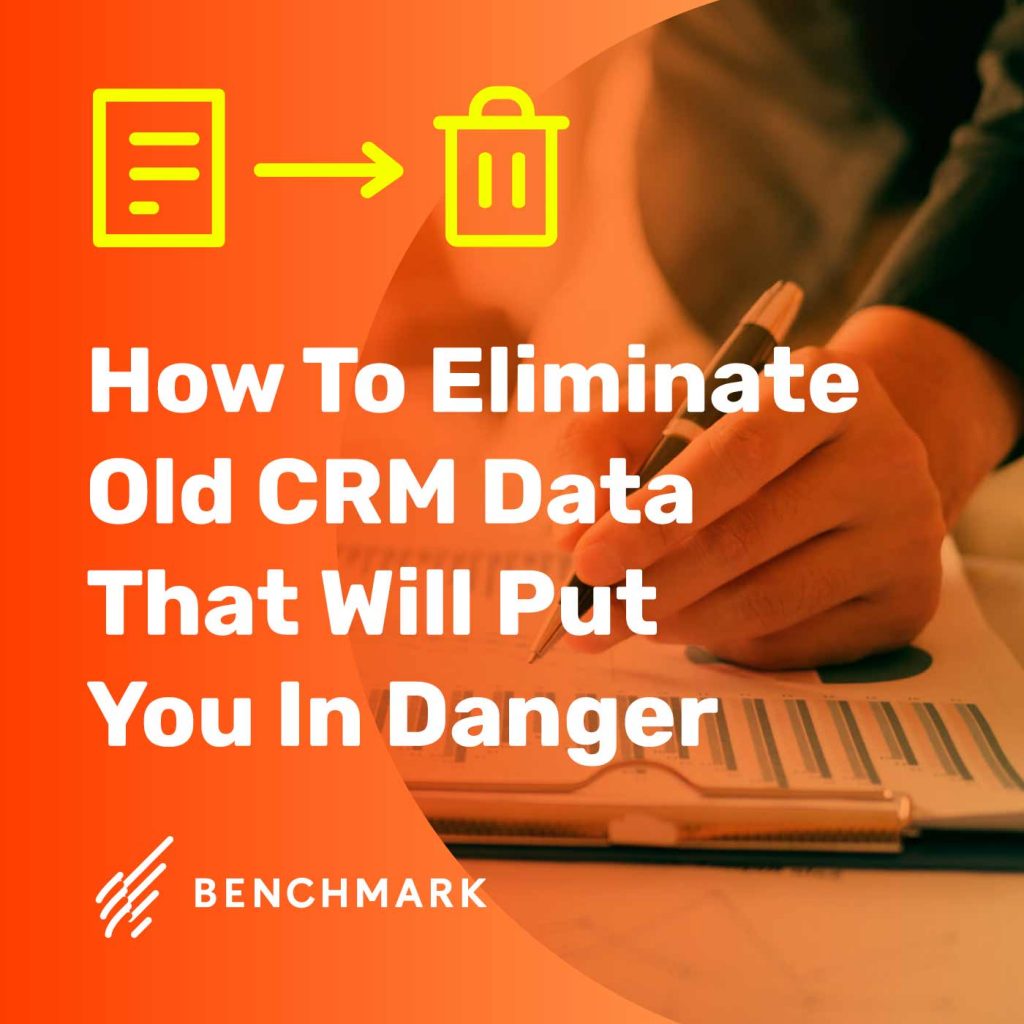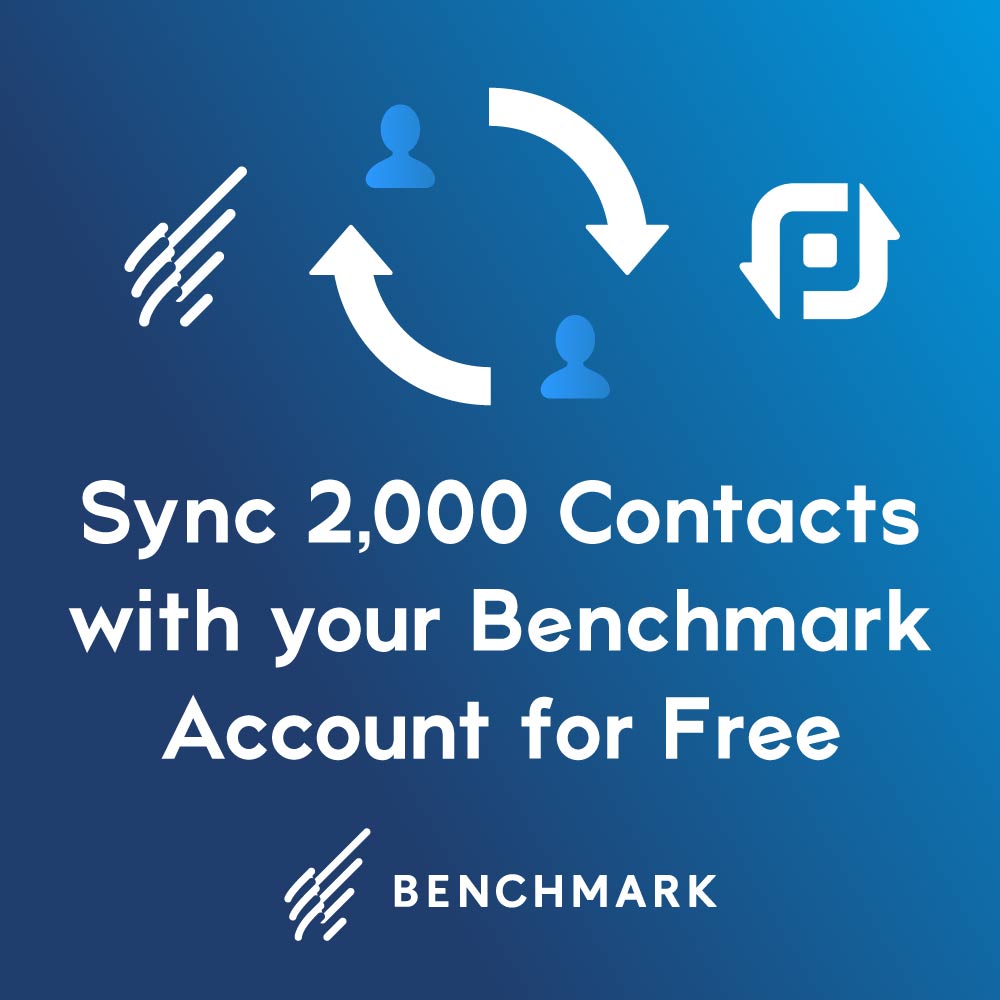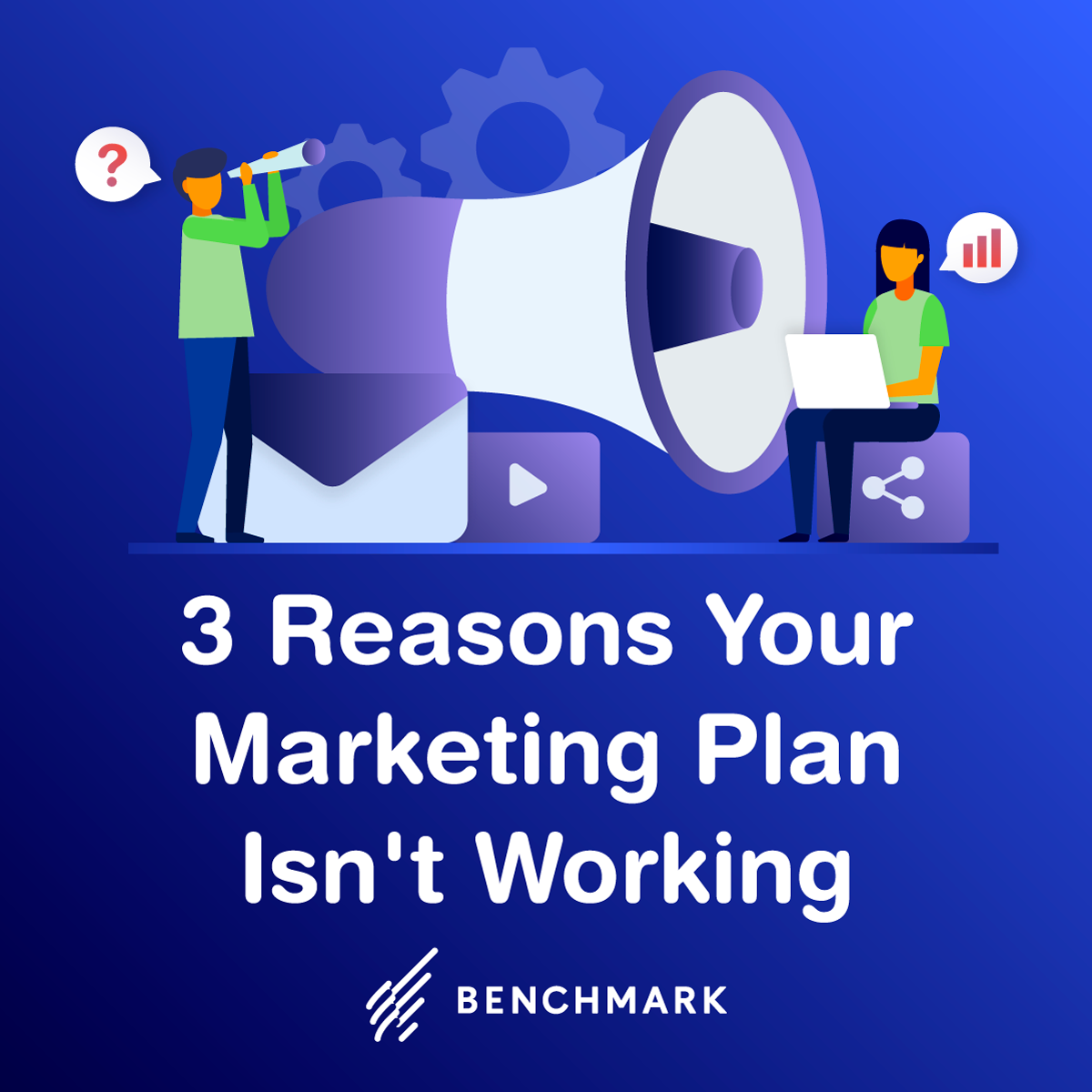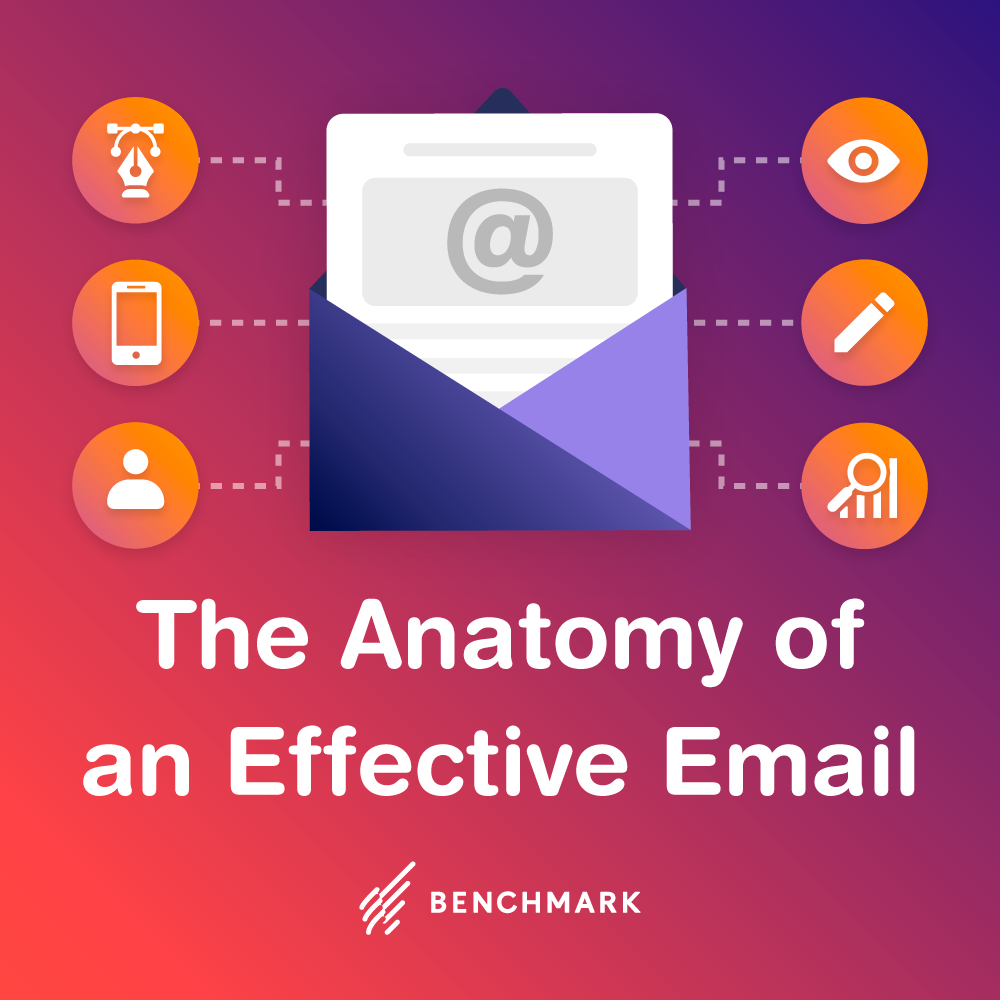
Maintaining relationships with your customers is an essential part of your business.
That is why you chose a CRM to log crucial data and learn more about your customer’s needs.
CRM’s can be very powerful tools to help you gain the upper hand with your marketing efforts, and lead to more sales. But, what happens over time when your CRM data becomes old?
Think about it. You are not mailing every contact in your database warehouse every day. There are probably contact records in there you have not had a touch point with since 2015, so how do you know if these users are even still valid? Chances are you probably will have no idea until you attempt to send them an email or give them a call.
Old data merely is just taking up space and not being valuable to you. Old data could end up landing you in hot water.
Why Is Old CRM Data Dangerous?
- Hard Bounces: If you are doing any email marketing to your database you are going to run into hard bounces. Bouncing occurs when the email accounts no longer exist, or perhaps the data you initially collected was never valid. Hard bounces may not seem like such a big deal but can lead to deliverability problems or cause you to get suspended from your mailing platform. You want to aim for a hard bounce rate of 5% or less.
- Soft Bounces: A soft bounce is when you send off an email, and it gets bounced back. They are not as dangerous as a hard bounce, but they are essential to remove from your list. Soft bounces typically occur when a user’s mailbox is full. This is an initial indication that the user has not been checking their inbox or using that email account.
- Blacklisting and Blocks: Once you start sending emails and getting hard bounces, this could lead to blacklisting. If the email server sees you are mailing to multiple users that are hard bouncing that server might consider you as a spammer. If the server thinks you are spamming you will become blocked. Once you are blacklisted, it’s going to impact the success of your email campaign significantly. Here is what you can do if you become blacklisted. It’s also important to monitor your IPs for blacklisting’s as it is important to not send off any campaigns while listed.
- Unengaged Users: Unengaged users, are the accounts in your database that have not been opening or clicking emails that you send. This may not sound like such a big deal, but it can cause a lot of damage. Unengaged users will eventually turn into spam complaints against you. Or, they might have abandoned their email account and will sooner or later turn into hard bounces.
- Poor Deliverability: As we just discussed both hard bounces and black-listings will lead to poor deliverability. ISPs want to see that users are engaging with your mail, not marking it as spam. Whenever you send emails to outdated information, you are damaging your sender score and hurting your own performance. Therefore, you are encouraged to regularly sift through your data and remove contact data which is no longer being used.
- Spam Traps: Spam traps are a way ISPs attempt to combat spammers. They are email addresses that have been set up and designed to be a trap. Spam traps are not owned by users, but instead by ISPs. They can identify spammers because that email address should never receive any emails since it never officially opt-ed into anything. Therefore, if it starts getting messages, it knows that you must have purchased data or scraped data from the web. The last thing you want for your business is to be labeled as a spammer.
How Can You Identify Which Contacts Are Not Valuable?
To keep your CRM in tip-top shape, you are going to want to go in and delete contact data of email addresses that have previously bounced.
If you know of companies who have been in your database that have gone out of business, make sure you remove them. This way you don’t accidentally send them an email which creates extra hard bounces for you. The idea is to eliminate as many poor-quality data points as possible before you send out your next digital campaign.
Manually Identify and Unsubscribe Contacts
Another method of removing inactive contacts is to analyze your email campaign history.
Look at email addresses that have not been engaging for months. Find users who have no opened ANY of your last ten emails sent. Once you have identified those recipients, unsubscribe them from your list.
Downsizing your list can be a battle, but once you do you will see astonishing results. Your open rates will improve because you are sending emails only to engaged subscribers. This means your sender score will gradually improve and you will get better rates of inbox placement because a more significant percentage of your users are actually reading your message. ISPs like to see that their users have an interest in what you send.
Learn how Hubspot benefited from unsubscribing over 250k contacts.
Using An Email Verification Service
You can also skip the manual work and use an email verification tool like XVerify.
If you are also using Benchmark for your email marketing, you can directly connect your account and pull in data from the lists you already have. The cleaning process will scan through your subscribers and identify which email addresses are invalid, or a risk. It’s even able to automatically update the lists you have with Benchmark making the process even more simplified.
Email verification works by checking the username and making sure it is currently active and registered at the domain level. If the account is good, this will result in a valid email response. If the email account is old or the user has not logged into their account, then the account would likely yield an invalid answer. The email addresses that come back as invalid is what you want to remove from your CRM.
Sometimes accounts are real and active but not safe to communicate with via email. As earlier we mentioned traps, those are not accounts you want to mail to. One pattern that could red flag an account as a trap is that the email account was once valid, then went inactive, then became active again. It’s not in all cases that it has turned into a trap but yes, a good reason to omit signups into your funnel with that behavior.
Keep your data clean and pristine
As a recommendation, it is a good idea to clean your lists every three months.
Remember over time data does become obsolete. If your business is B2B, then remember that employees leave companies, or change positions causing the email ID to no longer be legit. Even if you are a B2C business, users still abandon their accounts.
Scrubbing your data consistently is going to be the best method of remaining in good standing.
Don’t get discouraged if you find a significant portion of your data is invalid. It’s quite common for this to happen.
As you start taking a more detailed approach to evaluating your data quality, you will see how much your quality improves.
Have you ever experienced problems with old data sitting in your CRM?
We would love to hear about your unique experience. Feel free to comment on your situation and what you did to improve it.





